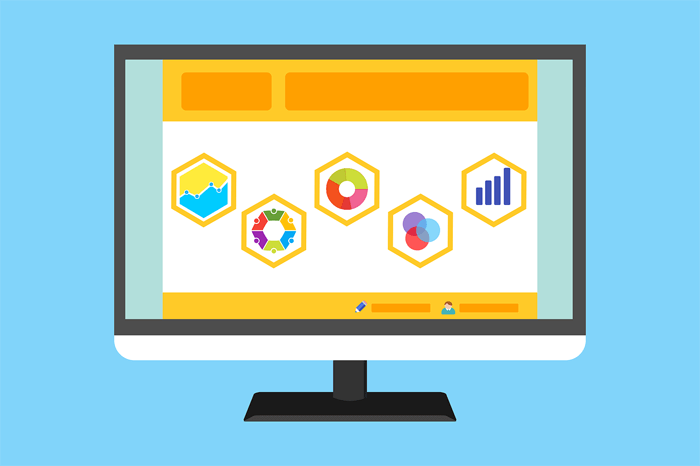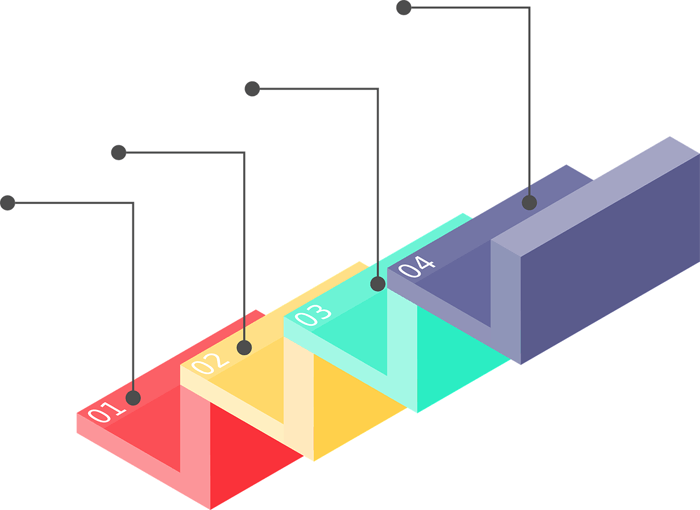
Why do we recommend using visual elements in technical documentation? Well, the answer is simple – the human brain is very good at distinguishing colors and understanding patterns.
So, when you add maps, graphs, charts, infographics, dashboards, etc. to text, you are doing a big favor to readers and yourself. Using visualization techniques as a complementary tool to explain written text brings a lot of value. Your user manuals become more readable.
Further on, we are going to give you tips on how to efficiently implement data visualization in technical docs.
What You Should Remember When Visualizing Data
Okay, let’s look at this from a more practical side. Things every technical writer should remember when using data visualization:
- Inclusivity

We mentioned that people’s brains are great at distinguishing colors. Let’s stop right here and clear things up about how this is supposed to work for the colorblind (just a reminder: every 1 in 12 men and 1 in 200 women are colorblind in the world).
Colorblind people still can distinguish bright and dark colors, so, when you are creating a graph, for example, make sure that the contrasting colors also have different brightness. In case a graph has too many elements for you to be able to make them all distinguishable this way – add diversity to the lines (or whatever elements you are using in the graph) by filling them with patterns. To learn more on this important topic, check out this post: Technical Documentation for Color Blind.
- Balance
Do not try to visualize every sequence of numbers. Only use visual elements when the situation is asking for it. That is when looking at a picture will really help readers see a pattern or sum up the text they have just read. Overdoing visualization will do you no good.
Technical writing loves balance. Use common sense to decide where visual representation of data is important and where it is simply redundant.
- Consistency
To follow-up on the previous point – figure out which information you should visualize in your technical docs and stick to this plan. For instance, you have several help topics covering similar data for different countries or regions. If you decide to use a map for stats visualization in one topic, you will have to remain consistent and add it to other ones.
If you don’t do that, the documentation will look unfinished and rushed for readers as they will expect to see certain things in topics with similar layouts.
- Strategic thinking

So far we have only been talking about how great it is to add maps and graphs to a user manual. And, in general, this is a grand idea, but here’s a friendly warning: evaluate your resources before going neck-deep into this because you will have to maintain all the visualized data going forward.
As much as you would love to impress readers with stylish infographics, you will have to update each and every image later in addition to the crazy amounts of text updates you are already handling. While single-sourcing can help you deal with a lot of maintenance issues, visual elements still have to be edited/recreated manually.
Conclusion
Visualizing data can help create super-informative technical documents that your users will love to read. But for this whole initiative to work, you need to pace yourself and carefully think through what you should visualize and how much resources you are willing to allocate.
Good luck with your technical writing!
ClickHelp Team
Author, host and deliver documentation across platforms and devices


